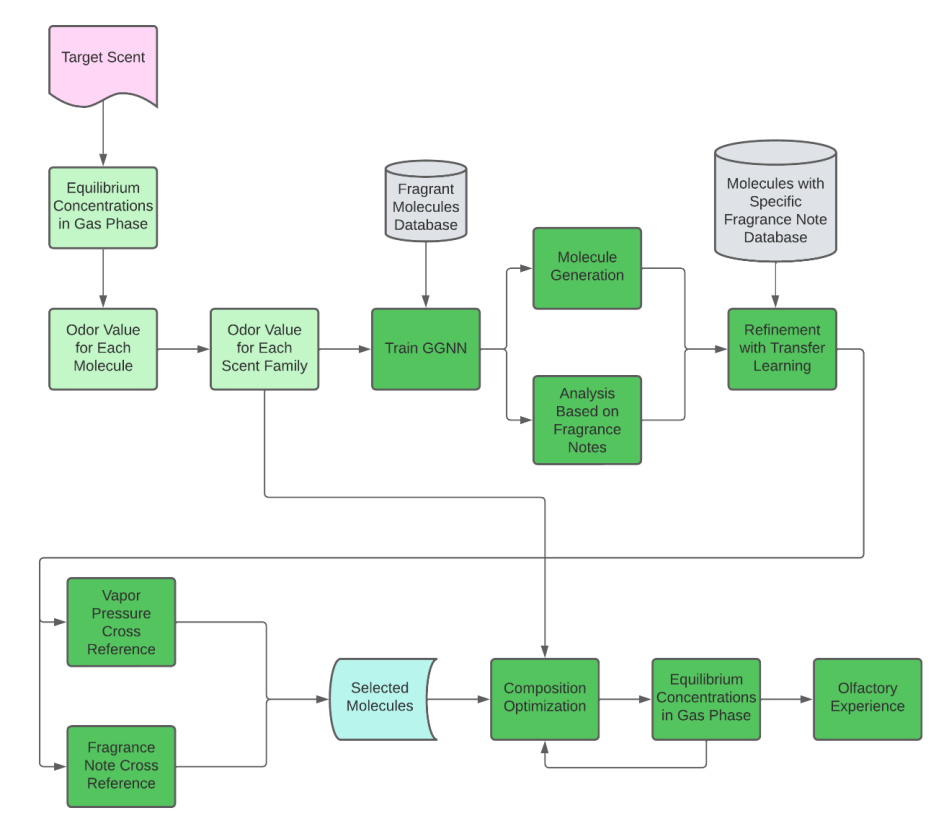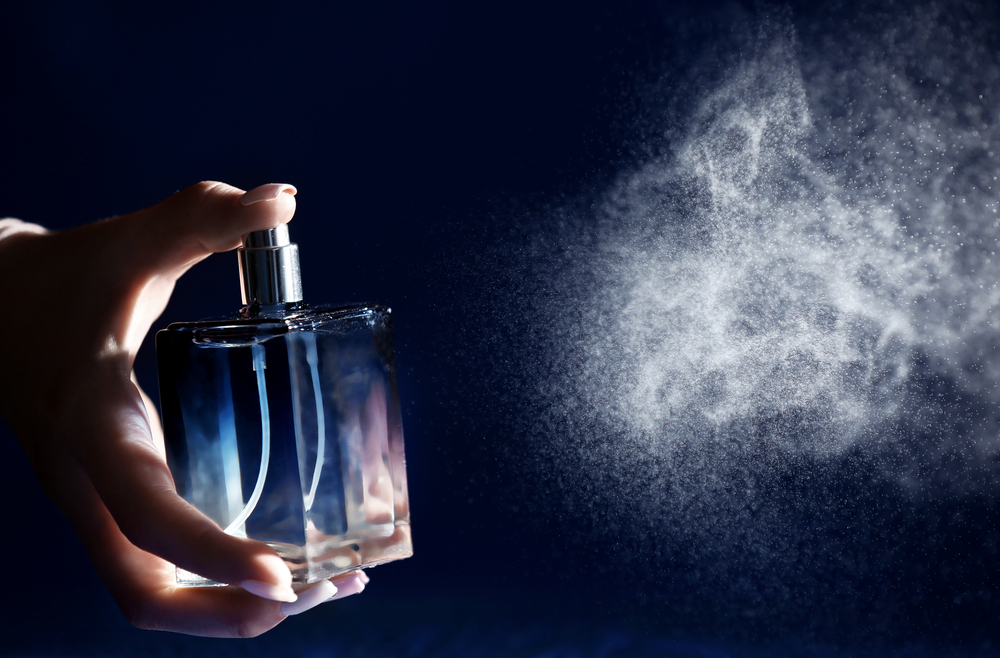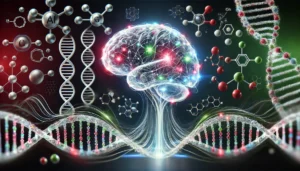AI is changing how we think about preserving scents, potentially rescuing rare fragrances that are on the brink of disappearing.
Idelfonso Nogueira and his team at the Norwegian University of Science and Technology demonstrated that AI could craft formulas to recreate perfumes.
The study involves profiling fragrances by their “scent family” – descriptive terms such as “spicy” or “musk” – and their “odor value,” which gauges a smell’s intensity.
For example, they found one fragrance with a high odor value for “coumarinic” (reminiscent of vanilla) and another that was notably “alcoholic.”
The researchers intend to use this process to preserve obscure and rare odors – like those obtained from changing natural environments or plants on the brink of extinction – by replicating them from a single sample.
It could also enable an efficient, replicable process for creating perfumes, a task that typically requires considerable trial and error.
Methodology breakdown
The first step involves analyzing target fragrances to understand their scent profiles, including their scent families (like “spicy” or “musk”) and their intensity.
Then, using a Gated Graph Neural Network (GGNN) trained on a vast database of molecules, the team generates new molecules that could potentially replicate the target fragrance.

This process involves two phases: training the GGNN with known molecules to learn the relationship between molecular structures and their scents and then generating new molecules that match the desired scent profile through transfer learning.
Nogueira explains that the perception of smell changes due to the physical and chemical interactions molecules undergo with air or skin. To replicate the original scents accurately, they selected AI-generated molecules that evaporated similarly to those in the original fragrances, addressing the challenge of capturing the ephemeral nature of “top notes” and the longevity of “base notes.”
After generating a range of molecules, the team selects those that best match the target fragrance’s scent profile based on their vapor pressure and fragrance notes.
The final stage involves optimizing the perfume formulation to match the original scent. This process considers the intensity of different scent families in the fragrance and adjusts the fragrance’s molecular composition accordingly.
One of the fragrances produced from this method closely replicated the original, with minor deviations in its “coumarinic” and “sharp” notes. The other was almost an exact match.
The authors suggest that expanding the database to include more complex molecules could enhance the accuracy of these AI-generated fragrances, offering a cheaper and more sustainable solution for the perfume industry, which currently faces high costs and long development times.
Nogueira is poised to test the technology further by experiencing some of the AI-generated fragrances firsthand in a colleague’s lab in Ljubljana, Slovenia. “I am very excited to smell them,” he states.
AI has numerous novel uses in less suspecting applications, such as when researchers used neural networks to geo-locate wine’s unique flavor profiles to illuminate the chemical basis of terroir.





